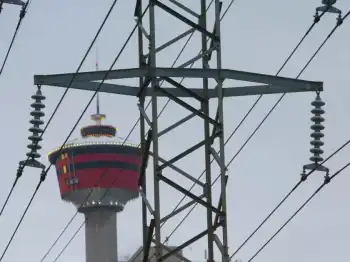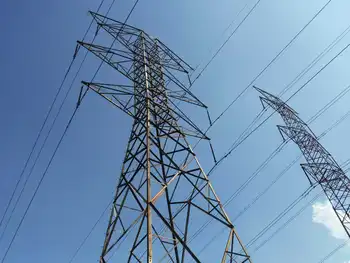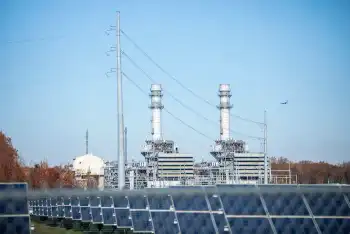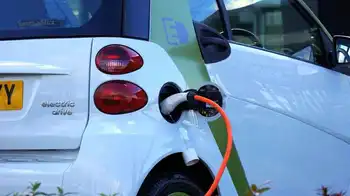California regulators propose 3.2 billion dollar solar power plan
SAN FRANCISCO, CALIFORNIA - The California Public Utilities Commission has issued a $3.2 billion proposal to install solar electricity panels on 1 million roofs throughout the state.
The proposal, which the five-member commission is expected to adopt in January, would generate 3,000 megawatts of electricity, or power for about 2.4 million homes.
California currently has about 100 megawatts of solar electricity, but if the CPUC's proposal is fully implemented, the state would become the world's third-largest solar energy producer behind Japan and Germany.
The "California Solar Initiative" revives an energy plan pushed by Gov. Arnold Schwarzenegger to widen the use of solar power over the next 11 years.
A solar bill supported by Schwarzenegger stalled in the legislature earlier this year, bogged down by amendments in the state Assembly.
"Given California's abundant sunshine and growing economy, this program has the potential to turn solar power into the state's next Silicon Valley industry," said Bernadette Del Chiaro, a clean energy supporter for solar advocacy group Environment California.
Customers of California's investor-owned utilities would pay most of the costs of the program through their utility rates.
The utilities are PG&E Corp.'s Pacific Gas & Electric unit, Edison International's Southern California Edison unit, and Sempra Energy's San Diego Gas & Electric subsidiary.
The average residential utility bill would go up by 65 cents per month over the 11 years of the program, according to Environment California.
The solar plan could save electricity customers an estimated $9 billion from a reduced need to build new power plants to serve peak demand or to purchase electricity supplies, according to a CPUC report.
Related News

Alberta breaks summer electricity record, still far short of capacity
CALGARY - Consumer use hit 10,638 MW, blowing past a previous high of 10,520 MW set on July 9, 2015, said the Alberta Electric System Operator (AESO).
“We hit a new summer peak and it’s likely we’ll hit higher peaks as the week progresses,” said AESO spokeswoman Tara De Weerd.
“We continue to have ample supply, our generators are very confident there aren’t any issues.”
That new peak was set at 4 p.m. but De Weerd said it was likely to be exceeded later in the day.
Heightened air conditioner use is normally a major driver of such peak electricity consumption, said De Weerd.
She…




